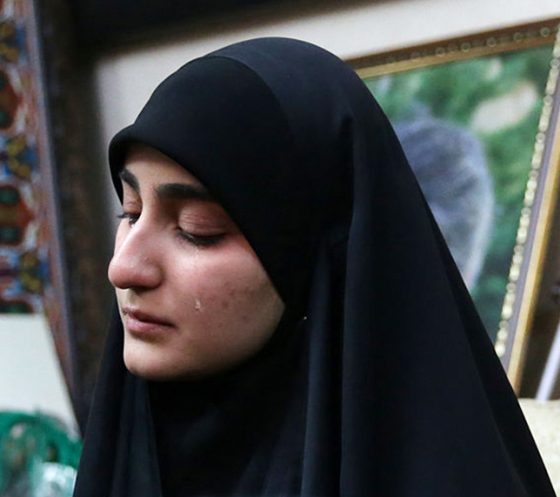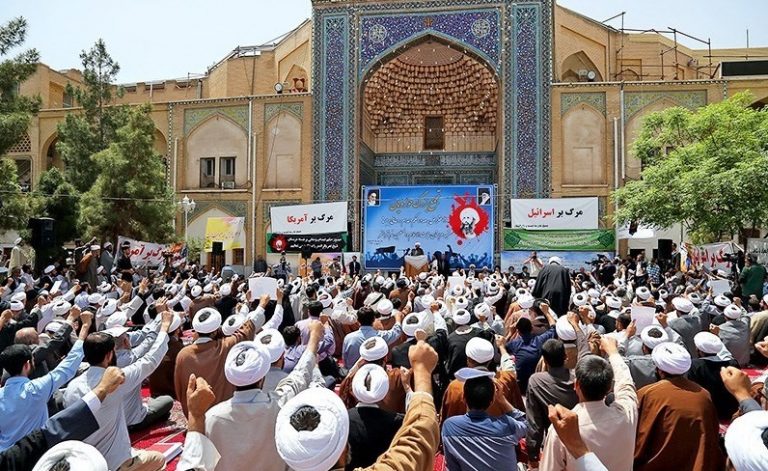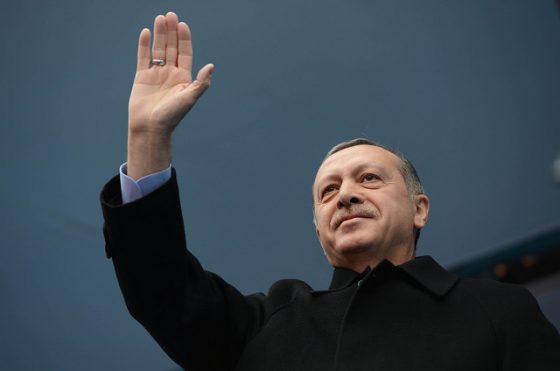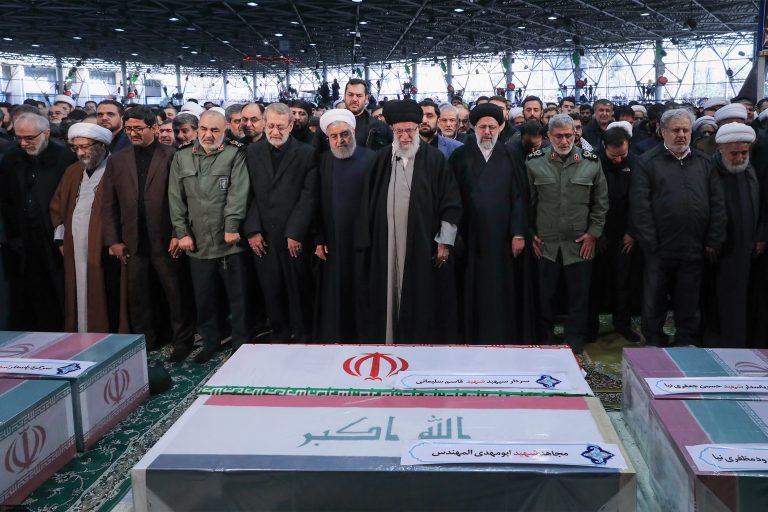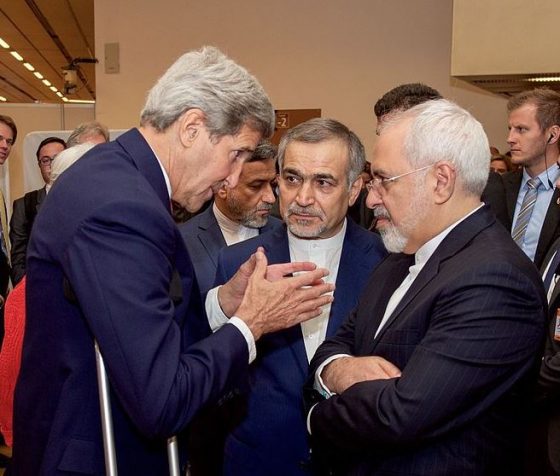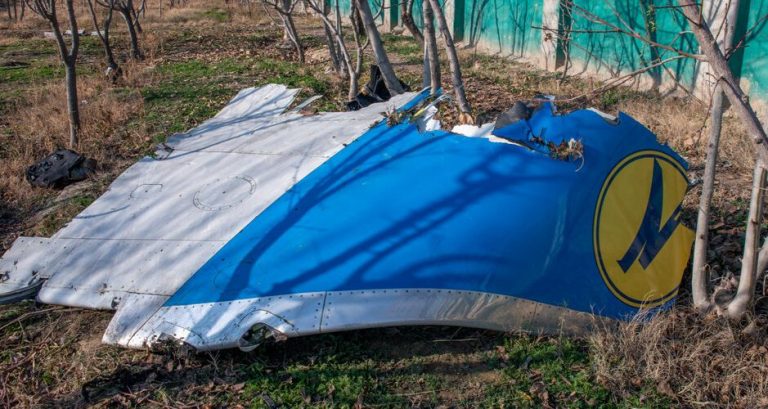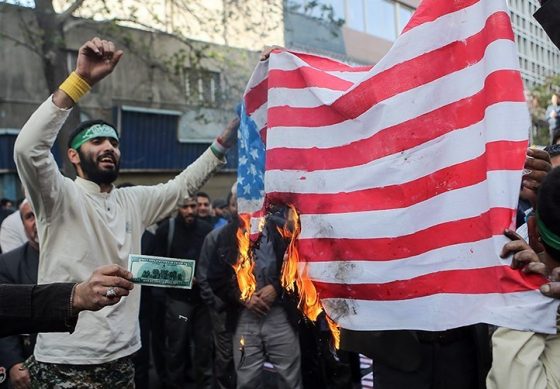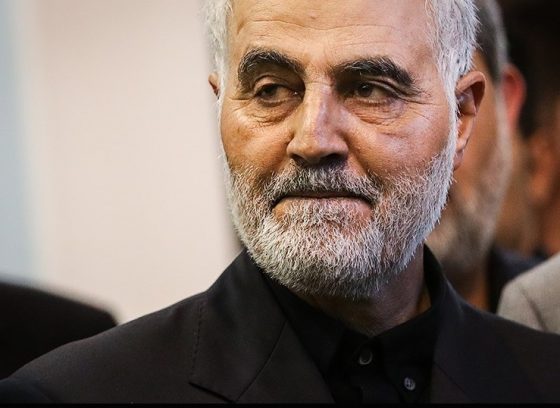
- Yaakov Lappin
- March 10, 2020
- Paper No. 1477
The killing by US drone strike of Iranian Quds Force commander Qassem Soleimani on January 3 has the potential to seriously dent Iran’s malign activity in the Middle East and beyond. But how long this effect will last is still very much an open question. The answer depends on how the US responds to future tests.


